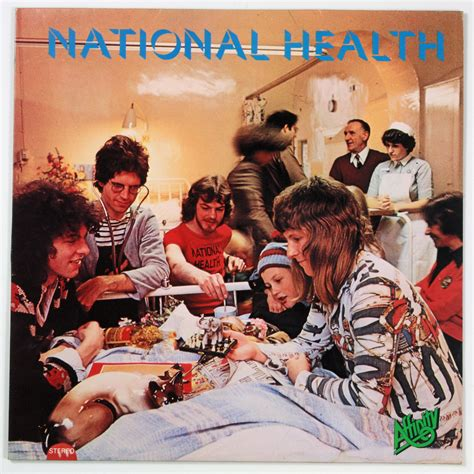

I once had a directory in /tmp called etc which contained subdirectories for something I was migrating.
I thought that I was in /tmp when I ran rm -rf etc… I was actually in /


I once had a directory in /tmp called etc which contained subdirectories for something I was migrating.
I thought that I was in /tmp when I ran rm -rf etc… I was actually in /


If you want to move your containers to a different location, look into configuring docker’s data-root: https://stackoverflow.com/questions/24309526/how-to-change-the-docker-image-installation-directory
You copy /var/lib/docker to a new location and update /etc/docker/daemon.json
I will say: Moving data-root to an NFS mount isn’t going to work well. I’ve tried it, and docker containers rely on filesystem features to run their overlays. On an NFS, this feature isn’t present, so your services will duplicate the container’s entire filesystem. This will tank your performance and is basically unusable for anything but trivial examples. Docker data-root basically needs to be a “physical” disk.
I’ve had no issues using NFS shares mounted as docker volumes. It’s just the data-root where it’ll fail.


The drag is air against the whole body of the train, so you need vacuum everywhere.
Assuming that you could build such a big vacuum there would be safety concerns. What if there’s an accident in the tube? Does everyone in the train depressurize and die? Assuming people can survive and get out of the train car, now they’re in a tube that’s 100 miles long. How can you build emergency exits in a system designed to be as airtight as possible?


According to memory alpha wiki:
100 slips = 1 strip
20 strips = 1 bar
There are also bricks, but no known conversation rate exists for that amount.


Yeah, but do you want to be the person who has to fact-check every photon that hits these solar cells? I’m sorry, but a lie can radiate from the surface of a star and power your vehicle before the truth can even put its shoes on.


Ah, the Quark approach:
It’s common in communities where rigid adherence to a set of beliefs is necessary to enforce cohesion. It’s commonly used to avoid engagement with “Facts U Dislike” (haha) by terminating all meaningful discussion.
Part of a flat earth forum and you’re posting an experiment you performed that suggests the earth is round? You’re spreading FUD that should be ignored.
Posting on a crypto shitcoins discord about how this kinda looks like a scam and maybe it’s not a good investment? That’s also FUD. You’re just mad that everyone else is going to be rich.
For a moment, I thought this was inner-sleeve album art from National Health



Interesting that your days are 1-indexed. What happens on nullday?
Does that mean we no longer have to use an envvar to get Firefox as a native Wayland window?
Precisely
how can an application ship with wayland?
It can’t. The title is not clear about how Firefox will “Ship with [support for] Wayland [compositors] by default”. Previously this native support was limited to pre-release Firefox builds.
What if the DE you’re using is on x11?
Firefox continues to support X11.


Does the user running qbittorrent have write access to the downloads directory? Any special messages in the logs?
You might also want to try running qbittorrent through docker. I use https://github.com/DyonR/docker-qbittorrentvpn. Just make sure that you set the PUID and PGUID to match a user id + group id that has r/w access to your downloads directory.
Looks like an annealer in a glass blowing studio.
I like my bag-endian architectures
Jiraffe: another terrible product from Atlassian


You gave an example of TMZ sourcing photos from randos, but they’re likely not the target customer for this tech. If they cared about integrity they wouldn’t be reporting celebrity gossip.
For news companies posting syndicated images, then those come from a cadre of photographers who are most likely to own the newest most expensive cameras. Surely it’s not inconceivable that as this tech rolls out more, Agence-France-Presse, Getty, or AP could require all photos submitted to them to have this metadata, thus passing the benefits along to any news agency using their images.
If you’re talking about photo sources taken from everyday people, then yes: They won’t have this technology in the short term, maybe not ever. Then again, I don’t get my news from TMZ.
I think blockchain is dumb because it fails to achieve its stated goals while also harming society. I think this is a system with marginal use case and minimal licensing overhead to integrate into future cameras, so overall my take is “not dumb” and “probably useful”.


So then news orgs who care about provenance have to stop copying social media posts and treating them like well-researched journalism. Seems like a win to me.


I don’t quite get why some of those cases require universal adoption. News photos: You just need one big news company to say “we’re giving all our photographers a camera with this tech” and then it serves its purpose.
You see a headline “SHOCKING photo published by MegaNewsCorp will send you into a coma!” then you can validate that it came from a MegaNewsCorp photographer. If you trust MegaNewsCorp, then the tech has done its job. If you didn’t trust MegaNewsCorp already, then this tech changes nothing. I think there is moderate value in that, overall.
The story of this tech is getting picked up and thrown around by bad tech journalism, being game-of-telephone’d into some kind of game changer.
Plenty of open standard live and die by whether or not one big player decides to adopt them.


There’s no accounting for adoption, true. Seems like the use cases still have value though: https://c2pa.org/specifications/specifications/1.3/explainer/Explainer.html#_use_case_examples
As for licensing, the specs are released under Creative Commons, so anyone should be able to implement it.
Programmable condoms which make the user look like a bad dragon dildo.